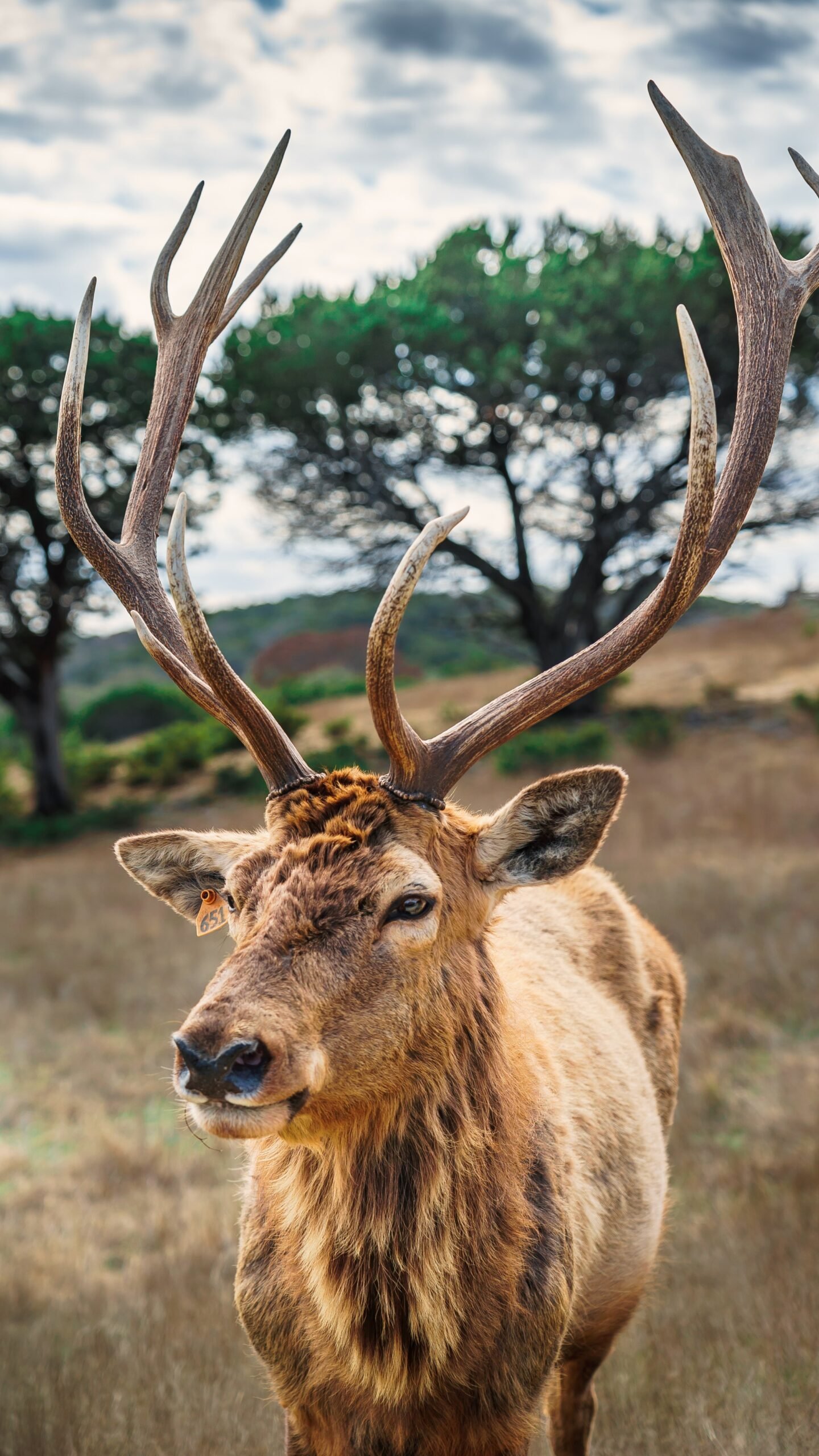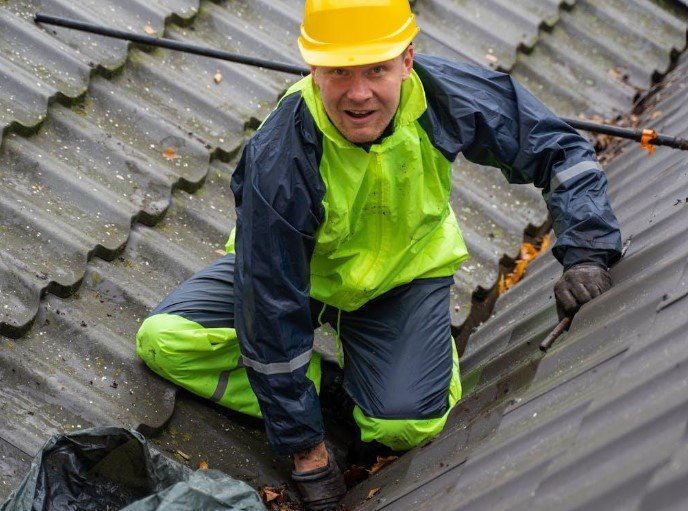How to Prevent Arborvitae Deer Damage

Because arborvitaes are a favorite cool- and cold-weather food source for deer, homeowners need to be proactive in implementing deer-management strategies if they wish to keep deer away from their trees.
Arborvitaes (Thuja occidentalis) is a favorite conifer species to plant as ornamental trees and hedges. While some homeowners may use them for privacy screening, the tall, vibrant trees are known to attract nosy, marauding deer. Thuja occidentalis is a sweet-tasting snack for white-tailed deer that will strip bare the bark and leaves from the trees as high up as they can reach. Because arborvitaes are a favorite cool- and cold-weather food source for deer, homeowners need to be proactive in implementing deer-management strategies if they wish to keep deer away from their trees.
Table of Contents
Deer Repellents
Gardeners often turn to deer repellents at the first signs of deer-damaged arborvitae. The reasoning is simple. Deer repellents are inexpensive, easy to use, and effective – that is, for a brief time. The odorous deer repellents can drive white-tailed deer away from gardens for several months. However, during changing weather patterns, do we re-apply the repellent or not? This becomes a guessing game for home gardeners and a chore rather than a no-hassle deterrent. While the initial cost of repellents is attractive to homeowners, they are more effective as secondary forms of protection along the perimeter of a deer fencing rather than as primary deterrents.
Deer Fencing
Deer fencing is the most-effective means for deer control and is also credited with reducing the risk and spread of Lyme Disease by 83 to 97 percent (National Center for Biotechnology Information). This is especially significant for homeowners trying to mitigate the disease and keep it away from small children and pets. Many types of fences exist on the market.
Wooden fences are elegant but costly, and deer can jump over them. Chain-link fences are a popular choice by pet owners, but most homeowners will admit that they are not aesthetically pleasing. Besides, the initial cost of materials and the price tag associated with installation by certified fence installers are high. In addition, a single line of fence, if not high enough, will require a second line of fence to keep the deer at bay. Both lines will also need to be electrified. Hungry animals will probe any barrier to find a way in. Electrified fencing is not recommended if there is a danger that humans will come into contact with it.
The best height for a deer fence is 7 1/2 to 8 feet high. The reason is that deer have poor eyesight (20/100 in the daytime) and are not comfortable taking a leap of faith if they cannot see the other side of where they hope to land. If this is the solution you are looking for, get in touch with your local fence company and see if they can install this on your property.
When To Use Plastic Deer Fence
The word “plastic” has a bad reputation as something that is flimsy and cheap. However, the material is lightweight and easy to handle, making it a great weekend install project for DIY’ers. Plastic deer fence is also durable, with breaking strengths ranging from 650 to 1,400 pounds and a life expectancy of up to 20 years. A plastic fence can also be easily produced at tall heights at reasonable costs. This fence type is meant for light to moderate deer populations, but is not recommended for gardeners dealing with chewing animals.
When To Use Metal Deer Fence
Metal fences are popular among gardeners for several reasons. They are stronger than plastic fences, hold up longer in the environment, and are chew-resistant against wildlife. Metal fences are mostly used by chicken owners to keep coyotes away from the flock. While they serve well for livestock management, they are missing a key element that should be considered when shopping for a metal deer fence, PVC coating.
Steel deer fences that are covered in PVC are recommended for gardeners dealing with chewing animals and heavy deer pressure. The PVC also acts as a secondary layer of protection on the fence, blocking chew marks by wild animals and rust caused by dry and damp climates. Metal deer fences last 10 to 20 years longer than plastic fences.












